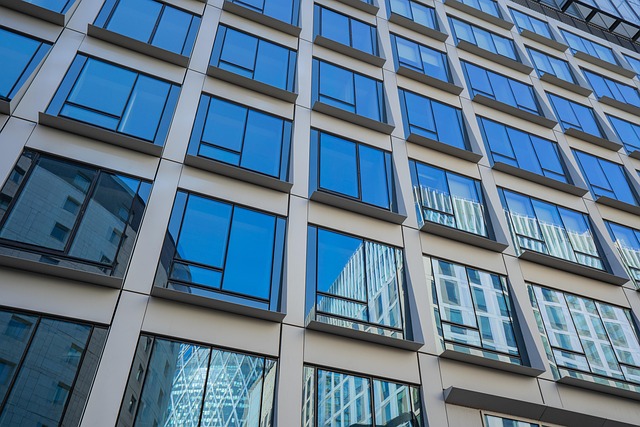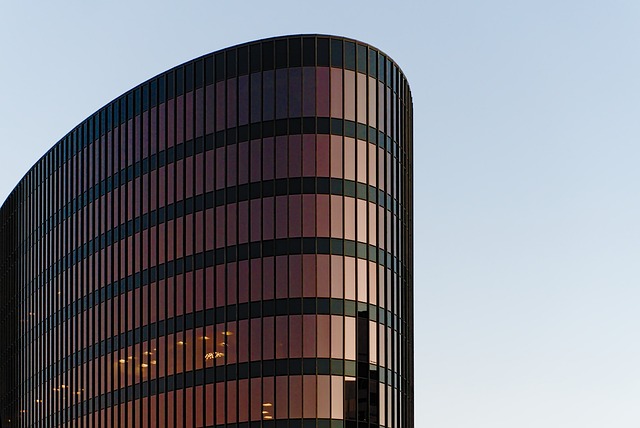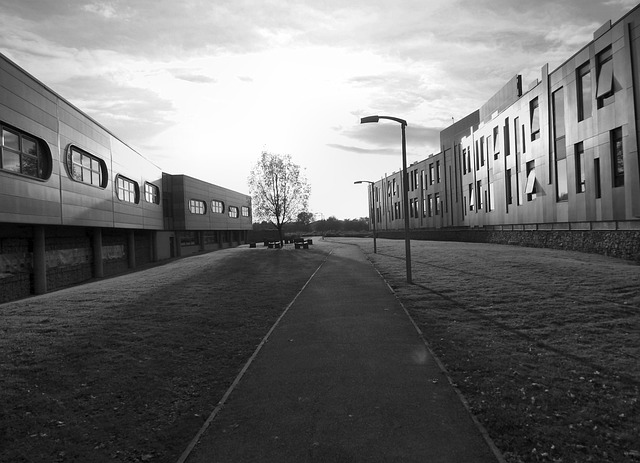Destratification fans combat warm air rise and cold air sink, causing uneven temperature distribution (thermal stratification) in tight attics and lofts where conventional cooling fails. These specialized devices enhance HVAC efficiency, reduce energy consumption by up to 50%, and create comfortable working environments. Key features include compact designs, ceiling-mounted low-profile fans, and advanced air mixing technology. Optimal placement and regular maintenance, including filter cleaning and component inspection, ensure maximum performance for commercial applications, where efficient air mixing is crucial for comfort and cost savings.
“Maximize your attic or loft’s potential with low-profile destratification fans—the discreet solution for efficient air circulation. This article guides you through the world of destratification, highlighting its benefits in maintaining optimal temperatures and improving indoor air quality. We’ll explore key features designed for tight spaces, ensuring a seamless fit without compromising performance. Learn installation and maintenance tips to ensure your fans operate at peak efficiency, creating a comfortable and healthy living environment.”
- Understanding Destratification Fans and Their Benefits
- Key Features to Consider for Tight Spaces
- Installation and Maintenance Tips for Efficient Airflow
Understanding Destratification Fans and Their Benefits

Destratification fans are designed to combat the issue of thermal stratification—the natural tendency for warm air to rise and cold air to sink, leading to uneven temperature distribution in a space. These specialized devices play a crucial role in improving indoor comfort, especially in tight attic and loft areas where conventional cooling methods might struggle. By efficiently redistributing warm air, destratification fans help maintain consistent temperatures, enhancing HVAC (Heating, Ventilation, and Air Conditioning) efficiency.
One of the key advantages is significant energy savings. Unlike industrial cooling systems or ceiling-mounted fans that solely rely on airflow, destratification fans utilize advanced air mixing technology to warm or cool air more effectively. This ensures optimal temperature control in commercial applications without excessive power consumption. The end result? A comfortable working environment and reduced operational costs.
Key Features to Consider for Tight Spaces

When selecting destratification fans for tight attic or loft spaces, several key features come into play to ensure optimal performance and functionality. First, consider the fan’s capacity to handle limited space; compact designs with slim profiles are ideal for navigating narrow passages and avoiding obstructions. These low-profile fans can be ceiling-mounted, ensuring they take up minimal vertical real estate without compromising airflow.
Additionally, look for destratification fans that incorporate advanced air mixing technology, which helps to break up warm air pockets and evenly distribute temperature throughout the space. This feature is crucial for preventing thermal stratification, enhancing HVAC efficiency, and providing better temperature control—all while maximizing energy savings in both industrial cooling and commercial applications.
Installation and Maintenance Tips for Efficient Airflow

When installing low-profile destratification fans in tight attic or loft spaces, proper placement and alignment are key to achieving efficient airflow. Mounting these fans close to the ceiling ensures optimal warm air redistribution, helping to break up thermal stratification and enhance HVAC efficiency. Ensure they’re securely fastened and ducted correctly to direct air flow downward, avoiding any obstructions that could block their path.
Regular maintenance is equally crucial for sustained performance. Dust and debris buildup can significantly impede airflow, leading to reduced energy savings and less effective temperature control. Schedule routine cleaning or replacement of filters as recommended by the manufacturer. Additionally, check for loose connections and ensure all components are in good working order to maintain optimal air circulation, especially in commercial applications where efficient air mixing technology is paramount for comfort and cost-effectiveness.
Low-profile destratification fans are an excellent solution for maximizing air circulation in tight attic and loft spaces. By understanding their key features and benefits, as well as proper installation and maintenance practices, homeowners can enjoy improved energy efficiency and comfort year-round. These fans are a game-changer for navigating labyrinthine spaces, ensuring optimal airflow without compromising aesthetics or functionality.
